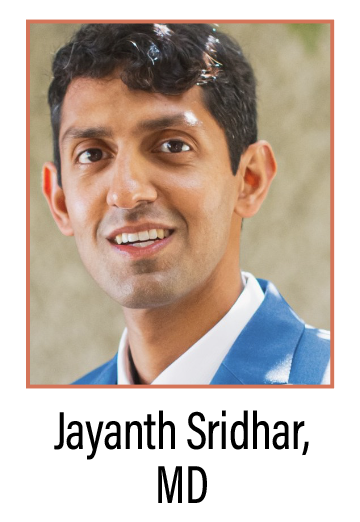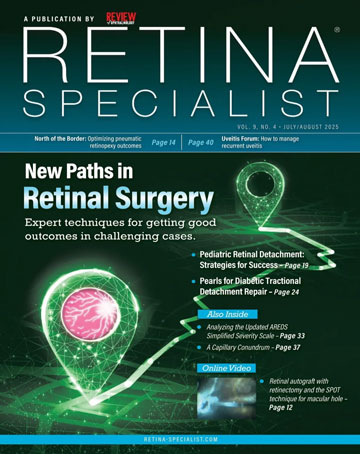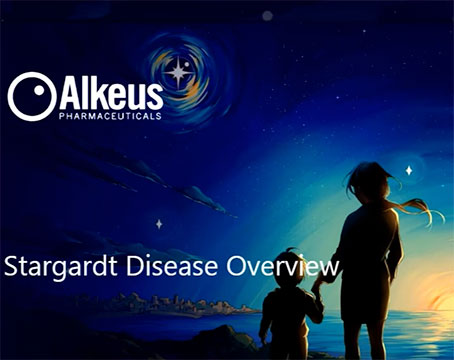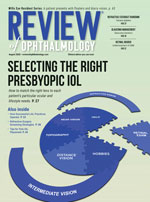 |
|
Bio Dr. Sridhar is an associate professor of clinical ophthalmology at Bascom Palmer Eye Institute, Miami. DISCLOSURE: Dr. Sridhar is a consultant to Alcon, DORC, Genentech/Roche and |
Happy New Year, readers! As we all recover from the fun and festivities of the holiday season, and prepare for an amazing new year in retina, one topic to highlight is the government’s (i.e., the Food and Drug Administration’s) approach to online misinformation, especially as it pertains to social media, and what this stance ultimately means for us as physicians.
The FDA had last released guidance for how medical product manufacturers (both pharmaceutical and device) should address digital misinformation more than a decade ago in 2014. The 2024 update details that industry may respond to false or misleading representations of an approved medical product by an independent third party via “tailored responsive communications.”1 However, the FDA has balked at directly enforcing requirements related to promotional advertising and labels, matching its overall prior stance on regulating TV, radio and print magazine advertising while largely ignoring social media and digital promotions. Members of Congress have taken note: former Senator Mike Braun (R-Ind.), now the governor of Indiana, and Sen. Dick Durbin (D-Ill.) brought a bill to the floor in September 2024 that would require the FDA to be responsible to warn and fine social media influencers and companies that disseminate false prescription drug information. A looming unaddressed issue thus far is how artificial intelligence would be defined if an AI chatbot for example was the source of misinformation: Would the parent company of the AI be responsible?
This outstanding problem really highlights the ultimate good and bad of our social media driven age. On the one hand, information can be accessible at a snap of a finger, and new exciting developments in the medical space are rapidly disseminated in a manner that simply wouldn’t be possible if every single social media post related to a drug or device had to be approved by the lumbering process of a government agency such as the FDA. On the other hand, without oversight we run the risk of digital education becoming a “garbage in, garbage out” scenario made even more dangerous by the lack of medical education of the layperson consuming the information and making their own medical decision-making based on it.
The FDA guidelines are supposed to empower our industry partners to fight back. In reality, we may find our corporate colleagues still loath to respond to third-party representations of the products, despite the FDA’s purported blessing. Large companies tend to be quite conservative and may remain concerned about liability and compliance issues with social media activity on their end. On our end as physicians, we can help with honest and fact-based digital responses to untrue information. We should be open with our own industry disclosures to avoid bias and to lend transparency and honesty to our assessment. Every little bit will count in fighting the battle on the digital battlefield. RS
REFERENCE
1. https://www.fda.gov/news-events/press-announcements/fda-updates-guidance-further-empower-companies-address-spread-misinformation



